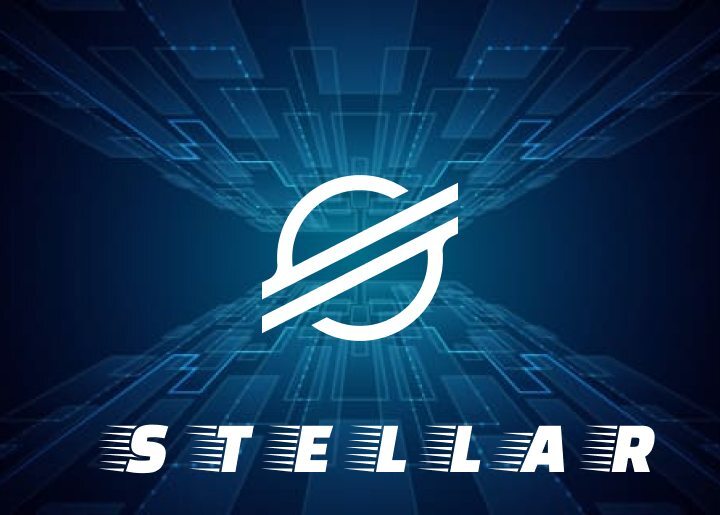Blockchain technology is changing the world as we know it. It has revolutionized the way we do things and has the potential to transform many industries. Stellar blockchain is one such technology that has been gaining popularity in recent years.
In this article, we will explore what Stellar blockchain is, how it works, and its use cases. We will also discuss its advantages and disadvantages and compare it to other blockchain technologies. So, let’s get started!
Table of Contents:
1. What is Stellar Blockchain?
2. How Does Stellar Blockchain Work?
3. Use Cases for Stellar Blockchain
3.1 Advantages and Disadvantages of Stellar Blockchain
3.2 Some of the disadvantages include
4. Comparison to Other Blockchain Technologies
5. Conclusion

What is Stellar Blockchain?
Stellar blockchain is a decentralized payment network that uses its native cryptocurrency, Lumens (XLM), to facilitate cross-border transactions. It was created in 2014 by Jed McCaleb, who is also known for co-founding Ripple. The main goal of Stellar is to provide fast and low-cost transactions to everyone, regardless of their location or financial status.
Unlike Bitcoin, which is primarily used as a store of value, Stellar is designed to be a payment network. It allows users to send and receive any currency, including fiat currencies, cryptocurrencies, and even commodities such as gold and silver. This makes it a versatile platform for global payments and settlements.
How Does Stellar Blockchain Work?
Stellar blockchain is based on the same principles as other blockchain technologies. It is a decentralized ledger that is maintained by a network of nodes. Each node on the network has a copy of the ledger, which is updated in real-time as new transactions are added.
When a user wants to send a payment, they create a transaction and submit it to the network. The transaction is then validated by the nodes on the network, and if it meets certain criteria, it is added to the ledger. Once the transaction is added to the ledger, it cannot be altered or deleted, ensuring the integrity of the system.
Stellar uses a unique consensus algorithm called the Stellar Consensus Protocol (SCP) to validate transactions. SCP allows for fast and secure transactions, even in low-resource environments. It also ensures that the network is highly available and resistant to attacks.
Use Cases for Stellar Blockchain
Stellar blockchain has several use cases, including:
Cross-Border Payments
Stellar’s low transaction fees and fast settlement times make it an ideal platform for cross-border payments. It allows users to send and receive payments in any currency, eliminating the need for expensive currency conversions and intermediaries.
Micropayments
Stellar’s low transaction fees and fast settlement times also make it a viable platform for micropayments. It allows users to send and receive small amounts of money, which is not possible with traditional payment systems.
Asset Tokenization
Stellar allows for the creation of custom tokens, which can represent anything from currencies to commodities. This makes it a useful platform for asset tokenization, which has several use cases, including crowdfunding, loyalty programs, and more.
Advantages and Disadvantages of Stellar Blockchain
Like any technology, Stellar blockchain has its advantages and disadvantages. Some of the advantages include:
- Fast and low-cost transactions
- Decentralized network
- Versatile platform for payments and asset tokenization
- Highly secure and resistant to attacks
Some of the disadvantages include:
- Limited adoption compared to other blockchain technologies.
- Lack of privacy for transactions
- Reliance on the Stellar Development Foundation for updates and improvements
Comparison to Other Blockchain Technologies
Stellar blockchain is often compared to other blockchain technologies, such as Bitcoin and Ethereum. While each technology has its strengths and weaknesses, Stellar is unique in several ways. For example, it has a more centralized network than Bitcoin, but is more decentralized than Ethereum. It also allows for asset tokenization, which is not possible with Bitcoin.
Conclusion
Stellar blockchain is a promising technology that has the potential to transform the payments industry.
One Reply to “Stellar Blockchain: A Complete Guide”
Comments are closed.